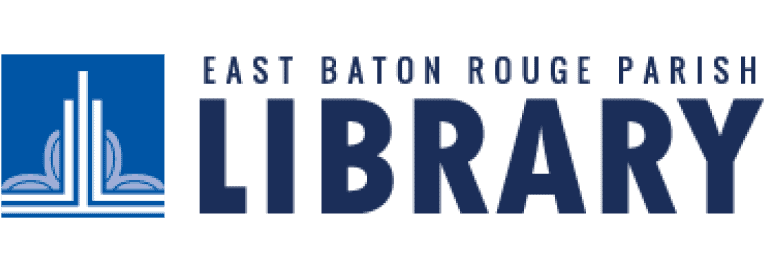
Career Development and Career Guidance can be elusive, so “Career Anchors” by Edgar H. Schein caught my attention. With the Great Resignation, or as LinkedIn called it, the Great Reshuffle, long term employees are looking retrospectively and joining new graduates looking prospectively.
how have your experiences affected you?
In reviewing our past employment experiences, Mr. Schein recommends we ask “What have I learned about myself?” instead of “judging each experience as good or bad, fun or not, useful or not”. The author challenges us to determine our skills and competencies (based on personal assessments and others’ feedback), motives (desires), and values (important in our organizations). Specifically, “what are you good at…there are things we like or don’t like, some of our aspirations are unrealistic; and we develop new ambitions.”
what has become important to you in your career?
The self-concept begins to function more and more as a guidance system and as an anchor that constrains career choices. You begin to have a sense of what is “you” and what is “not you.” This knowledge keeps you on course or in a safe harbor…”pull[ing you] back” or “figuring out what [you] really want to do”…and knowing better what it is that [you] would not give up if forced to make a choice.
The career anchor, as defined here, is that one element in [your] self-concept that [you] will not give up, even in the face of difficult choices.
identifying your career anchor
- Technical/Functional Competence (specialize–paid for skill levels such as education and experience)
- General Managerial Competence (cross functional–analytical, interpersonal/intergroup, and emotional competence)
- Autonomy/Independence (freedom from other’s norms–contract or part time with portable cafeteria-style benefits)
- Security/Stability (job tenure, good retirement–predictable work and pay for loyalty and steady performance)
- Entrepreneurial Creativity (highly visible developers, inventors, artists–prove they can create, own, control)
- Service/Dedication to a Cause (improve community, nation, world by serving humanity, saving the environment for recognition and support)
- Pure Challenge (warrior, conqueror, and competitor winning in constant opportunities for self-tests)
- Lifestyle (flexibility–less travel/moving, sabbaticals, paternal/maternal leave, day-care options, flex time, work from home).
anchors and roles
Role Ambiguity:For some role senders, you will not be sure what they expect from you. Consider what you might do to clarify their expectations and put those actions on your “to do” list. For example, you might ask for a meeting to discuss your understanding of your role and invite the role sender to discuss what he or she expects.Role OverloadThe sum of what everyone expects of you will be much more than you can possibly do. How do you set priorities? Ask yourself whose expectations are most often responded to and whose are most often ignored? Do you communicate your own sense of priorities? For example, you might explicitly communicate to some role senders that you will be late or unable to do what they expect. If you can think of other ways of coping with overload, put the action steps on your “to do” list.Role ConflictYou will discover that what some members of the role set expect is in direct conflict with what others expect or what you expect of yourself. Ask yourself how to resolve those conflicts, whether to deny that they exist, compromise by doing a little for each, confront the role sender? Think of action steps you can take to reduce role conflicts and put those on your “to do” list. For example, if two of your peers expect things of you that are in conflict, consider bringing them together to examine what they expect and how that impacts you.

Leave a Reply
You must be logged in to post a comment.